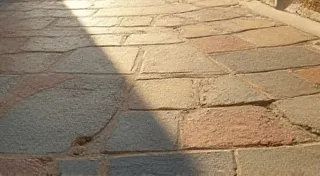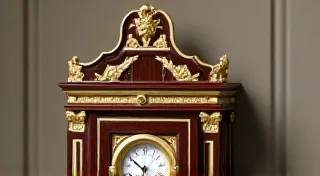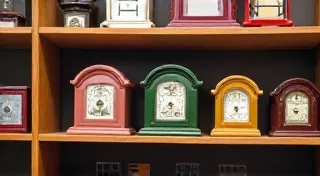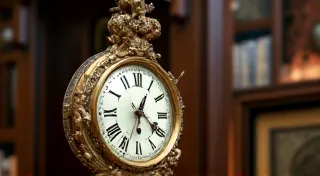Repairing Antique Clock Faces: A Delicate Process
The clock face, or dial, is arguably the most visible and characterful element of an antique clock. Its condition significantly impacts both the clock's aesthetic appeal and its value. Repairing antique clock faces isn't a task for the novice; it demands patience, skill, and a deep understanding of the materials and techniques used in their original construction. This article explores the delicate process of clock face restoration, covering dial repair and hand replacement.
Understanding the Challenges
Before even attempting a repair, it's crucial to assess the extent of the damage and the original construction of the clock face. Common issues include:
- Cracking and Chips: Often resulting from age, impact, or temperature fluctuations.
- Fading or Loss of Paint: The original paint, often enamel or porcelain, can degrade over time.
- Dial Markings Fading or Rubbing Off: Minute hand marks, numerals, or other decorative elements can disappear.
- Hand Damage or Loss: Clock hands can become bent, broken, or lost entirely.
- Rust or Corrosion: Particularly common on iron or steel clock faces.
Furthermore, identifying the original materials is essential. Early clock faces were often made of brass, iron, porcelain, or papier-mâché. Each material requires different restoration approaches. Attempting to use the wrong adhesive or cleaning agent can cause irreversible damage.
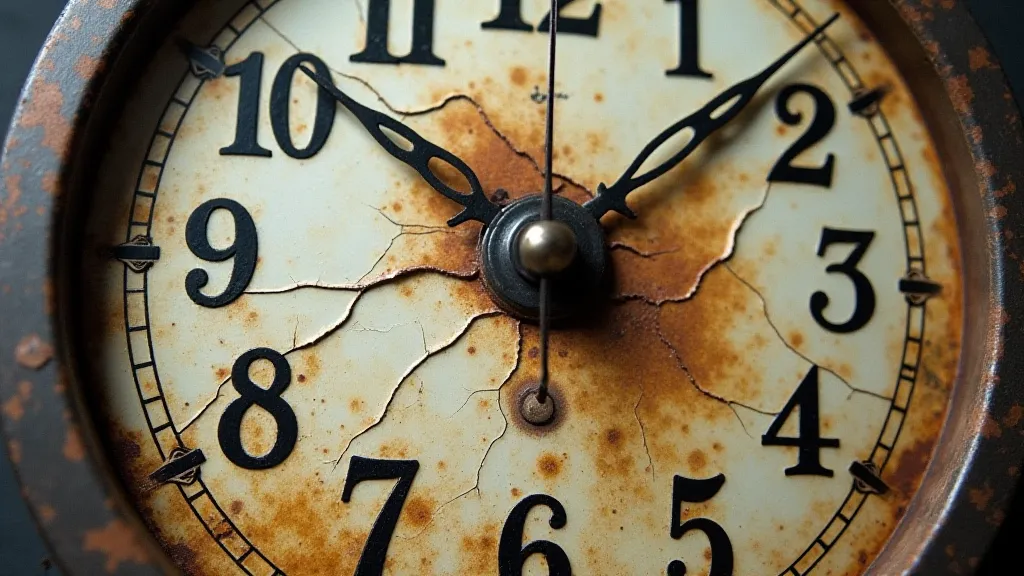
Dial Restoration Techniques
Dial restoration is a multifaceted process that may involve:
- Cleaning: Gentle cleaning with appropriate solvents is often the first step. Avoid harsh chemicals that can strip away original paint or damage delicate materials.
- Stabilization: Loose pieces or cracks need to be stabilized with specialized adhesives. The adhesive must be compatible with the original materials and ideally reversible in case future restoration work is needed.
- Filling: Missing chips can be filled with epoxy or other compatible materials. The filler should be carefully matched to the original color and texture to maintain authenticity.
- Repainting or Retoucing: In some cases, faded or missing markings need to be repainted. This requires a skilled hand and a thorough understanding of period lettering and color palettes. Replicating the exact style and color can be challenging and requires extensive research.
- Gilding (for Gold-Leafed Dials): Gold-leafed dials require specialist techniques to repair the delicate gold leaf.
Important Note: Complete repainting of a clock face is generally discouraged by serious collectors, as it diminishes the clock's historical integrity. Retouching and careful in-painting are preferred to preserve as much of the original as possible.
Hand Replacement
Clock hands are another common area of damage or loss. Replacement hands must be an accurate match to the original in terms of style, size, and material. Incorrect hands can detract significantly from the clock's appearance and value.
Finding replacement hands can be challenging. Specialist clock parts suppliers are the best source. When replacing hands, ensure the hole size matches the clock’s spindle. Incorrect sizes can damage the movement.
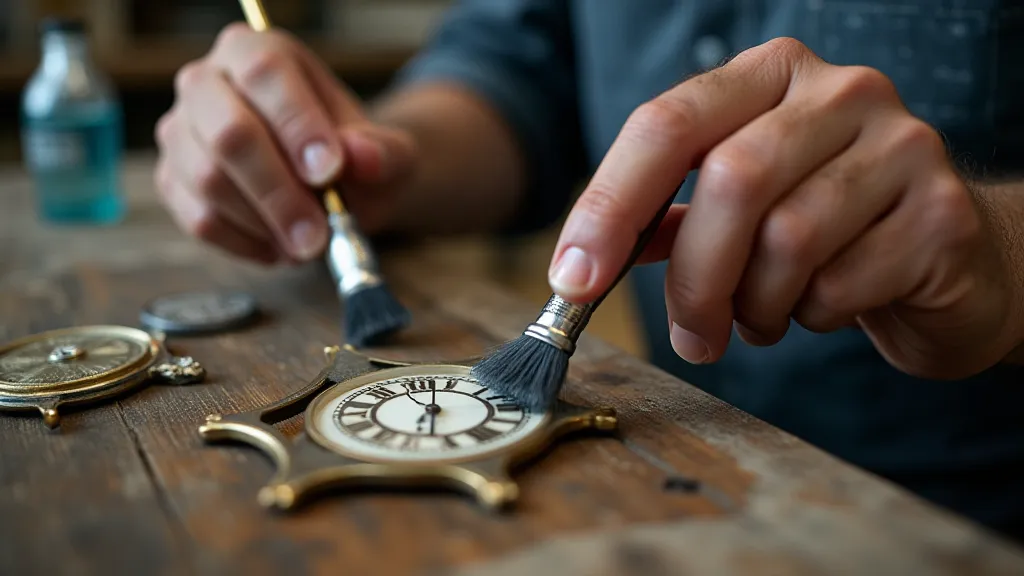
Ethical Considerations and Preservation
Ethical restoration practices are paramount. The goal should be to stabilize and preserve the clock face, not to create a completely new one. Transparency is vital – any restoration work should be documented and disclosed to potential buyers. Over-restoration diminishes the value and historical significance of the antique clock.
Finding a Professional
Due to the complexity and delicate nature of clock face repair, it's often best to entrust this task to a professional clock restorer. A skilled restorer will have the knowledge, experience, and specialized tools to handle the job correctly. Look for a restorer with a proven track record and a commitment to ethical restoration practices.
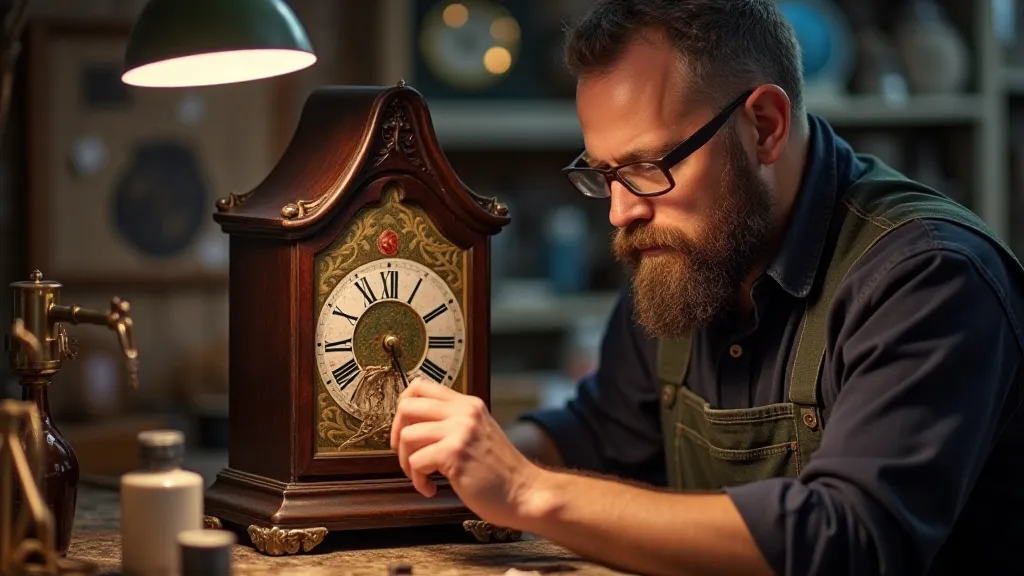
Ultimately, preserving an antique clock face is a testament to a skilled craftsman’s artistry and an important step in safeguarding a piece of history.


